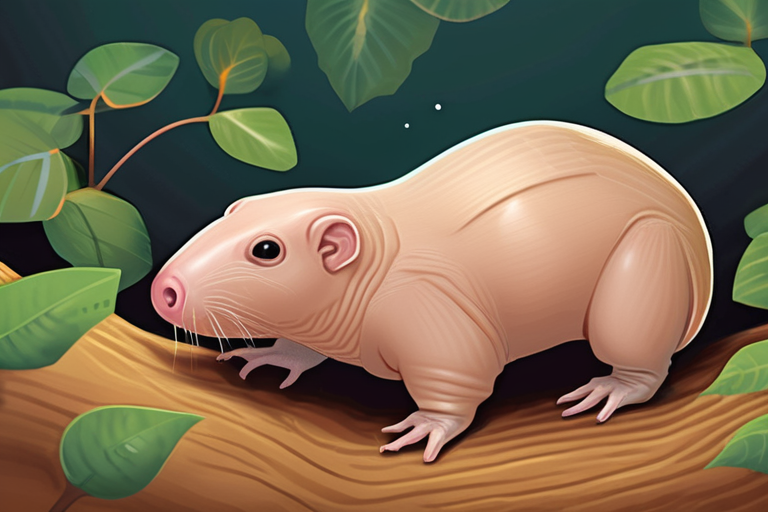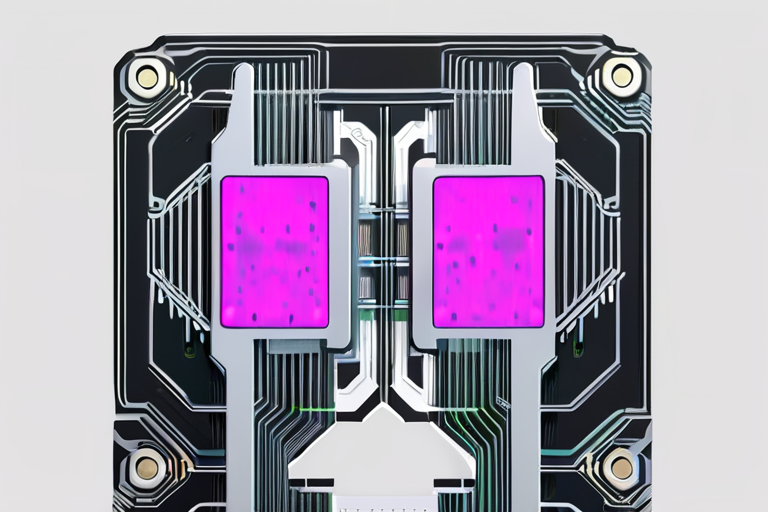Genetic Secrets of Naked Mole Rats' Exceptional Longevity Uncovered


Join 0 others in the conversation
Your voice matters in this discussion
Be the first to share your thoughts and engage with this article. Your perspective matters!
Discover articles from our community

 Hoppi
Hoppi

 Hoppi
Hoppi

 Hoppi
Hoppi

 Hoppi
Hoppi

 Hoppi
Hoppi

 Hoppi
Hoppi

The Night to Remember: 10 Best Moments from Billboard Canada Women in Music 2023 As the lights dimmed at Rebel …

Hoppi

The Happiness Curve: A New Twist on a Timeless Question Imagine you're standing at the edge of a cliff, gazing …

Hoppi

OpenAI and Nvidia Unveil $100B Chip Deal to Revolutionize AI Landscape In a groundbreaking partnership, OpenAI and Nvidia have signed …

Hoppi

Breaking News: Nations Woo PhD Students Amid US Funding Uncertainties The United States' uncertain funding environment has prompted a surge …

Hoppi

Breaking News: Israel Warns Gaza Residents to Flee as Trump Demands Ceasefire The Israeli military has declared Gaza City a …

Hoppi

Highlands Green Freeport Plan Signed Off, Unlocking 11,000 Jobs A landmark agreement has been signed in the Scottish Highlands, marking …

Hoppi